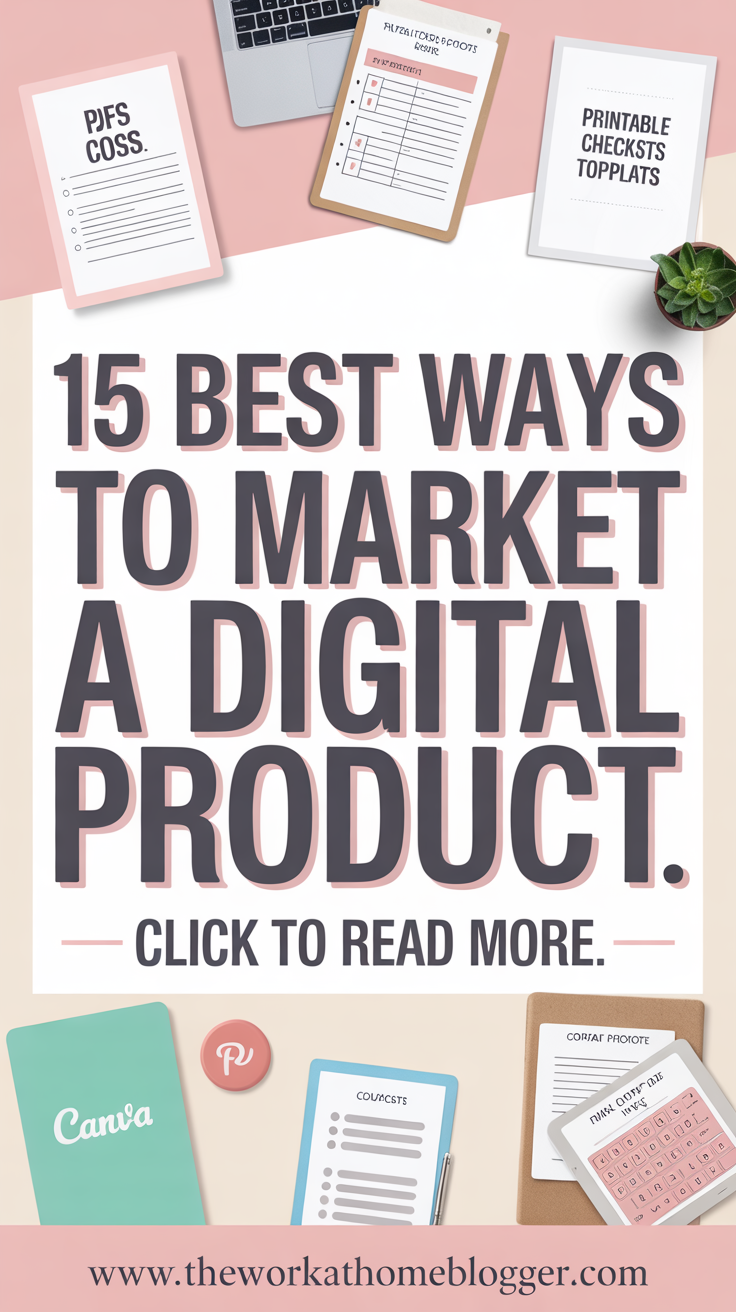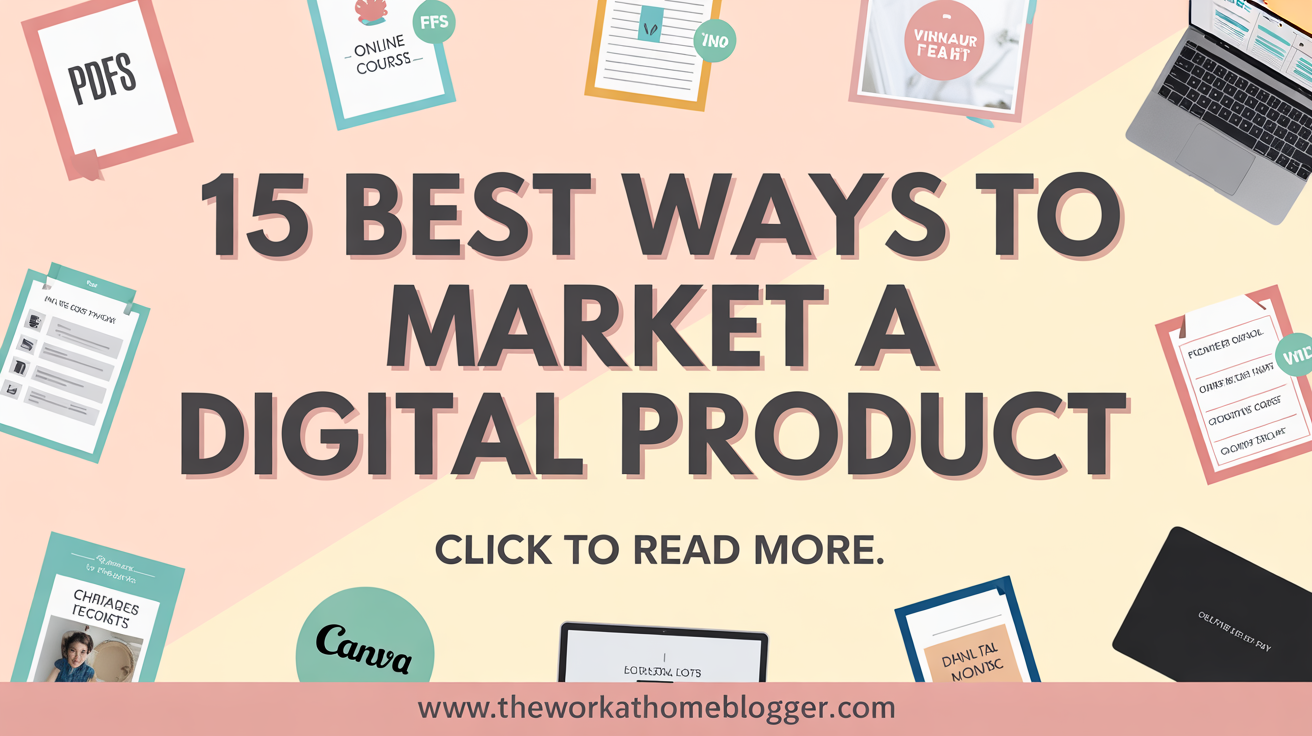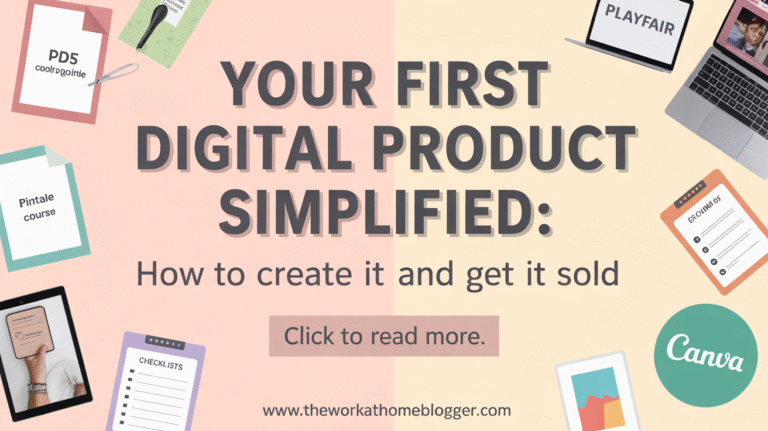Knowing how to market your digital product is critical if you want to see success. Here are the best ways to market a digital product.
Most digital product creators struggle with finding the right strategies to effectively reach their audience.
The highest-performing techniques include leveraging social media platforms, optimizing your website for SEO, and utilizing email marketing campaigns to keep your audience engaged.
Building an authentic connection with your customers through storytelling and value-driven content can significantly improve your sales.
By focusing on these methods, you can maximize your reach and convert potential customers into loyal fans of your digital product.
Key Takeaways:
- Utilize social media platforms to create engaging content that showcases your digital product and connects with target audiences.
- Implement email marketing campaigns to build loyal customers and keep them informed about new features, promotions, and updates.
- Leverage search engine optimization (SEO) techniques to enhance visibility and drive organic traffic to your product’s website.

Designing Irresistible Offers
Creating an offer that captures attention requires deeply understanding your audience’s needs and desires.
By developing a unique selling proposition, you can highlight the key benefits of your digital product while addressing pain points.
Think about adding bonuses or exclusive features that can elevate the perceived value.
Limit-time availability can instill a sense of urgency, pushing potential customers to take action quickly.
Crafting Compelling Value Propositions
To create a compelling value proposition, focus on articulating how your digital product solves specific problems for your target market.
Keep it succinct, ideally within one or two sentences, emphasizing the unique benefits that set you apart.
For instance, instead of simply stating that your eBook provides “productivity tips,” specify that it offers “10 proven strategies backed by psychological research that can double your output in a week.”
This clarity helps customers immediately grasp the significance of your product.
Structuring Pricing for Maximum Appeal
The price of your digital product should be structured to attract buyers while reflecting its value.
Consider using psychological pricing techniques, such as setting the price at $19.99 instead of $20, making it seem like a better deal.
Offer tiered pricing options to cater to various budgets and provide incentives like discounts for early adopters or bundled products.
Research shows that people respond more favorably to offers with clear value at multiple price points.
Experimenting with different pricing strategies can yield valuable insights into your audience’s spending habits.
For example, pricing at $49 for an introductory course generates more sales than a $39 option when bundled with additional resources.
This tactic encourages upselling, which not only boosts your revenue but can also enhance customer satisfaction.
Always keep testing and refining your offer while tracking performance metrics; this adaptability is key to maximizing appeal and sales over time.
Leveraging Digital Platforms for Visibility
Maximizing visibility for your digital product hinges on an effective strategy across various digital platforms. Focus on tailored content that resonates with different audiences.
Each medium offers unique opportunities, from blogs and podcasts to video platforms and email newsletters.
A well-executed approach amplifies your reach and solidifies your brand presence online.
Consistent engagement and adaptation can elevate your product to new heights of recognition and success.
SEO Strategies Tailored for Digital Products
Utilizing SEO strategies specifically crafted for digital products can significantly enhance your online visibility.
I prioritize keyword research tailored to your niche and audience, ensuring your product appears in relevant searches.
Implementing on-page SEO techniques, such as optimizing metadata, creating engaging content rich in keywords, and enhancing page load speed, fosters higher rankings.
Additionally, by focusing on backlinks from authoritative sites, you further establish your product’s credibility, ultimately driving more traffic to your offering.
The Role of Social Media in Product Promotion
Social media is a powerful avenue for promoting digital products, allowing direct interaction with potential customers.
Utilizing platforms like Instagram, Twitter, and LinkedIn, you can create engaging content, share user testimonials, and run targeted ads.
It is invaluable to quickly gather feedback and adapt your marketing strategy based on audience reactions.
In fact, research shows that over 50% of consumers are influenced by social media while making purchasing decisions, underscoring the importance of an active presence across these channels.
Leveraging social media effectively means producing tailored content that delights and informs your audience.
I often use striking visuals combined with compelling narratives to showcase the benefits of my digital products.
Engaging stories, behind-the-scenes content, and limited-time offers can create a sense of urgency that drives conversion.
Additionally, connecting with influencers in your niche can help amplify your message to a broader audience, increasing awareness and credibility for your digital product.
Building a Launch Plan that Converts
Creating a successful launch plan revolves around strategic timing, targeted messaging, and audience engagement.
A well-structured plan not only helps to drive attention but also builds anticipation for your digital product.
Setting clear goals and leveraging data analytics can provide insights that refine your approach, ensuring your launch draws an audience and converts them into paying customers.
Creating Buzz with Pre-launch Campaigns
Pre-launch campaigns generate excitement and engage your audience before your product is available.
Employing techniques such as countdowns, sneak peeks, or exclusive early access has proven effective.
By utilizing social media platforms, email newsletters, and interactive content, I frequently see a significant spike in engagement rates. Some campaigns achieve
up to a 40% increase in email sign-ups just before launch.
Utilizing Influencer Partnerships for Broader Reach
Collaborating with influencers can exponentially increase your product’s visibility, allowing you to tap into their established audience. Engaging influencers who align with your brand values can drive authentic recommendations and create buzz around your product.
When I think about influencer partnerships, I consider how strategic alliances can shape the success of a launch.
Influencers often have deeply engaged followers who trust their opinions; for instance, a well-known tech influencer promoting your e-book could surge interest among their thousands of followers.
Platforms like Instagram and TikTok are particularly effective, with brands reporting up to 30% conversion rates when influencers share their products.
To maximize results, I ensure that the influencers I choose resonate with my target audience. I often work with them to create personalized content highlighting my digital product’s unique aspects.
Nurturing Customer Relationships Post-Purchase
Once a sale is completed, maintaining a customer connection can significantly enhance their loyalty and lifetime value.
Engaging with them through personalized experiences, providing exceptional support, and creating opportunities for feedback fosters a strong sense of community and encourages repeat purchases.
Consider sending follow-up emails with additional resources, exclusive discounts, and invitations to provide feedback.
By prioritizing the post-purchase experience, I ensure customers feel valued and part of a larger narrative, promoting retention and advocacy for your digital product.
Implementing Effective Email Marketing Strategies
Email marketing is a powerful tool for nurturing relationships after a purchase.
By segmenting your audience and sending tailored messages, I can provide relevant content that resonates with their interests and needs.
Automating follow-up sequences based on customer behavior, such as thanking them for their purchase or recommending additional products, enhances engagement and encourages conversion.
Encouraging User-Generated Content for Credibility
User-generated content (UGC) creates authenticity and builds trust among potential customers. I actively encourage satisfied users to share their experiences through reviews, testimonials, or social media posts.
Leveraging platforms like Instagram or Facebook boosts visibility and cultivates a sense of community around your brand.
Encouraging user-generated content involves creating opportunities for customers to contribute to their experiences.
I could run a contest where users submit how they use the product or showcase success stories highlighting real-life applications.
Providing incentives, like discounts for sharing their stories or featuring them on official channels, motivates users to participate.
Statistics show that 79% of people say user-generated content highly impacts their purchasing decisions, demonstrating that leveraging UGC can substantially elevate your brand’s credibility and attract new customers.
The more authentic and relatable your audience finds the content, the stronger their connection with your brand will be.
Analyzing Metrics to Optimize Marketing Efforts
Understanding data is imperative for fine-tuning your marketing strategies. By systematically analyzing metrics from your marketing campaigns, you can identify what works and where improvements are needed.
This process helps you allocate resources effectively, boosting engagement and improving conversion rates. Using insights gained from data analysis, you can make informed decisions that ultimately lead to higher sales and customer satisfaction.
Key Performance Indicators for Digital Products
Key Performance Indicators (KPIs) for digital products typically include metrics such as conversion rates, customer acquisition cost, and lifetime customer value. I focus on tracking these metrics to gauge the effectiveness of my campaigns.
For instance, monitoring the conversion rate after a launch can reveal whether my messaging resonates with my target audience.
Tools and Techniques for Data-Driven Decisions
Utilizing specific tools and techniques allows for streamlined analysis of market data.
Tools like Google Analytics provide extensive data on user behavior, while platforms such as Hotjar reveal how users interact with your digital product.
Employing A/B testing can also pinpoint the most effective messaging and design elements, enabling data-driven decisions that enhance marketing efforts.
Advanced analytics platforms like Tableau or Mixpanel deliver deeper insights by visualizing data trends and patterns.
I often integrate customer feedback tools like SurveyMonkey or Typeform to collect qualitative data alongside quantitative metrics.
This blend of information equips me with actionable insights that can inform my next steps, ensuring I’m constantly optimizing my digital product’s marketing strategy for maximum effectiveness.
Conclusion
To wrap up, you should focus on a multi-channel marketing strategy for your digital product.
Utilize social media platforms, email marketing, and content marketing to create a cohesive presence that resonates with your target audience.
Additionally, consider leveraging influencer partnerships and optimized SEO to enhance visibility.
Engaging with your customers through feedback and testimonials can further solidify your brand’s credibility. Combining these tactics can improve your product’s reach and establish a loyal customer base.
FAQ
Q: What are the best platforms to promote a digital product?
A: The best platforms to promote a digital product typically include social media networks like Facebook, Instagram, and Twitter, which allow you to reach a broad audience.
Marketplaces such as Etsy, Amazon, and niche-specific platforms can help you tap into targeted audiences.
Email marketing is also highly effective when shared with a segmented list of interested consumers. Finally, leveraging affiliate marketing can amplify your reach by enabling others to promote your product on your behalf.
Q: How can content marketing benefit the promotion of a digital product?
A: Content marketing is an excellent way to generate interest in a digital product by providing valuable and relevant information to potential customers.
Creating blog posts, videos, and infographics that highlight the product’s benefits and uses can establish your authority in the field and foster trust among your audience.
This approach can also improve your search engine visibility, driving organic traffic to your product’s website or landing page, thereby increasing sales opportunities.
Q: What role does social media play in marketing a digital product?
A: Social media plays a significant role in marketing a digital product by enabling real-time engagement with potential customers.
Through regular posts, stories, and ads, businesses can build a community and showcase the product’s features and benefits.
User-generated content and testimonials shared on these platforms can enhance credibility. Additionally, targeted advertising allows for specific audience segmentation, ensuring that promotions reach the individuals most likely to convert.
Q: How important is SEO in promoting a digital product?
A: Search Engine Optimization (SEO) is essential for promoting a digital product because it helps improve the visibility of your product’s website in search engine results.
Your digital product can attract more organic traffic by optimizing content with relevant keywords, creating high-quality backlinks, and ensuring a user-friendly website structure.
Investing in SEO can yield long-term benefits, as high rankings in search results can lead to increased exposure and sales.
Q: What are effective strategies for building an email list to market a digital product?
A: Effective email list-building strategies include offering valuable content such as eBooks, webinars, or discounts in exchange for sign-ups.
Implementing opt-in forms on your website or utilizing landing pages to acquire subscribers can also be beneficial.
Regularly engaging with subscribers through newsletters or exclusive content can encourage retention and increase their likelihood of purchasing your digital product.
Remember to segment your list based on interests to tailor your marketing approach further.







